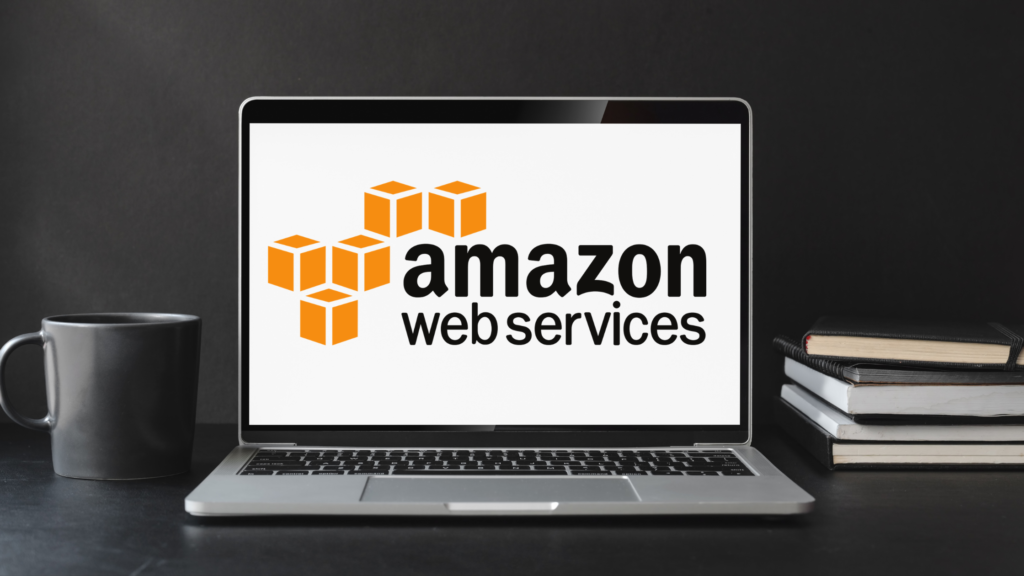As the cloud becomes more and more popular, organizations have been migrating to cloud environments. One of the biggest providers of cloud services is AWS. Amazon Web Services provides cloud computing platforms and APIs on a pay-as-you-use basis.
However, when organizations make the move to AWS, they can encounter some challenges. In this article, we will cover what those challenges may arise during the migration process and the solutions to overcome them.
The Benefits
Changing to a cloud environment can have many benefits for your organization. Cloud networks are more cost effective than traditional servers. AWS can take care of IT maintenance and management for you, cutting down on your IT expenses.
Cloud environments are also more secure and accessible. The nature of cloud environments means that any user can access them from anywhere while maintaining high-level security measures. Your team can easily collaborate with each other and with others around the world in real time.
Adaptability is another advantage of cloud computing. The system can easily handle changes in volume and scalability. However, though there are many benefits, there are also challenges to handle during the move to a cloud network.
Challenges and Solutions
Here are six significant obstacles that can arise when migrating to a cloud environment and suggestions for how to overcome them.
- You may create a security vacuum while moving. There is a major difference between the security in traditional networks and cloud environments. New measures need to be taken as the old security is unable to move with the applications.
Solution: Map out your security and compliance requirements. Find out what security services you will need and find solutions to maintain it throughout the migration process. Ensure that no application enters the cloud environment without proper security.
- With the change in infrastructure comes a shift in costs. AWS is pay-as-you-go, which can be strange for organizations unused to that payment model. You need to ensure that you are managing your costs during the move.
Solution: Create a plan for successful financial management. Understand where you are going to save and where costs might increase for you. Establish key performance indicators to monitor the progress of your plan.
- Previous methods of logging and monitoring data will no longer be applicable in the new cloud environment. Additionally, as you shut off old machines, you will not be able to continue recording data on them.
Solution: Centralize your data, including logs and monitoring information. Use tools like Amazon CloudWatch, which allows you to track and observe your data in a central location. Find new logging and monitoring strategies that will work better in the cloud infrastructure.
- Cloud environments require constant network access. You should also establish a method of preserving application states when it moves between machine instances.
Solution: Make sure that your applications are available and resilient. Opt for reserved instances, set up a replication, or use a deployment and availability management service. This will help stabilize your network on the hardware side.
If you use a Virtual Private Cloud, take advantage of Amazon’s services. They provide active or standby IPSec tunnels, and their AWS Direct Connect Service creates a direct connection from your enterprise’s network to the VPC. These services will secure your infrastructure on the networking side.
- Moving your data smoothly onto the cloud environment can be difficult. You need to maintain the user experience, which can be affected by higher latency and insufficient bandwidth during the migration. Additionally, you have to centralize your data and ensure that your applications are available and resilient. Doing all of this in an effortless way can be a challenge.
Solution: Evaluate the solutions offered by AWS, like AWS Direct Connect and CloudWatch to find out if they are the right fit for you. Take advantage of Amazon’s other cloud services to make your transition as seamless as possible.
Additionally, AWS offers a Migration Hub that allows you to track the migration of your applications in a single place. Their AWS DataSync is another tool that you can use to ease your migration. It enables simple and fast data transfers to your new network.
- Whenever a new technology is applied to your entire organization, all users need to understand how to use it. Cloud networks may be confusing for those without experience in using them.
Solution: Educate your entire team. Keep everyone in the loop on updates and the migration process. Every team member provides an essential service to the organization, and for them to continue performing as best they can, they need to be able to utilize the new network.
Final Thoughts
Cloud computing has many advantages, but the process of moving to AWS’ cloud environment can create some obstacles. With these suggestions, you should be able to easily overcome those challenges and begin benefiting from using AWS.
How Can AlleoTech Help?
We are a team of IT Professionals and we understand that delivering a successful IT project can be complex and overwhelming. At AlleoTech, we will work with you every step of the way from architecting a migration plan that best suits your business to delivering the final result.
